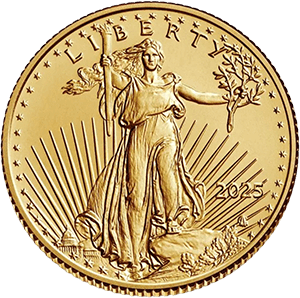
The Final Days of World War II
By mid-1945, the Pacific War had become a campaign of staggering destruction. The U.S. had captured Okinawa in June, at the cost of over 200,000 lives. Tokyo had been firebombed in March, killing an estimated 100,000 people in a single night. Yet Japan’s government showed no signs of surrendering.
The Allied powers issued the Potsdam Declaration on July 26, 1945, demanding Japan’s unconditional surrender. The Japanese government hesitated, hoping for better terms. Then came two unprecedented shocks:
-
August 6, 1945: The U.S. dropped the first atomic bomb on Hiroshima.
-
August 9, 1945: A second bomb destroyed Nagasaki.
-
August 9, 1945: The Soviet Union declared war on Japan, invading Manchuria.
For Emperor Hirohito, the choice was clear: continued resistance meant annihilation. In an unprecedented move, he recorded a radio address to the Japanese people, announcing the surrender.
The Ceremony on the USS Missouri

On September 2, 1945, a solemn ceremony took place in Tokyo Bay aboard the battleship USS Missouri. General Douglas MacArthur, Supreme Commander of the Allied Powers, presided.
-
At 9:04 a.m., Japanese Foreign Minister Mamoru Shigemitsu and General Yoshijirō Umezu signed the Instrument of Surrender.
-
Allied representatives — including Admiral Nimitz (U.S.), General Hsu Yung-Chang (China), and Sir Bruce Fraser (U.K.) — followed.
-
The entire event lasted just 23 minutes, but it ended a six-year global conflict.
Aftermath and Global Impact
-
Occupation of Japan: The U.S. began a seven-year occupation, implementing sweeping reforms. Japan adopted a democratic constitution, renounced war, and rebuilt its economy.
-
Creation of the United Nations: The horrors of WWII led to a stronger push for global cooperation.
-
Rise of the U.S. Dollar: The Bretton Woods agreement (1944) made the dollar the anchor of the global monetary system, backed by gold at $35/oz. The surrender cemented U.S. dominance in international finance.
Legacy
Japan’s surrender is remembered as V-J Day (Victory over Japan Day). It ended the bloodiest war in history and reshaped geopolitics. For investors, it also marked the dawn of the American century, where gold and the U.S. dollar became the twin pillars of postwar finance — a system that would hold until 1971, when the U.S. left the gold standard.






